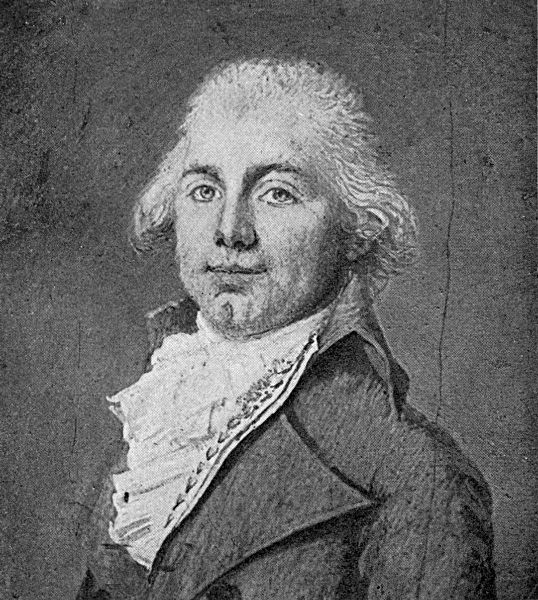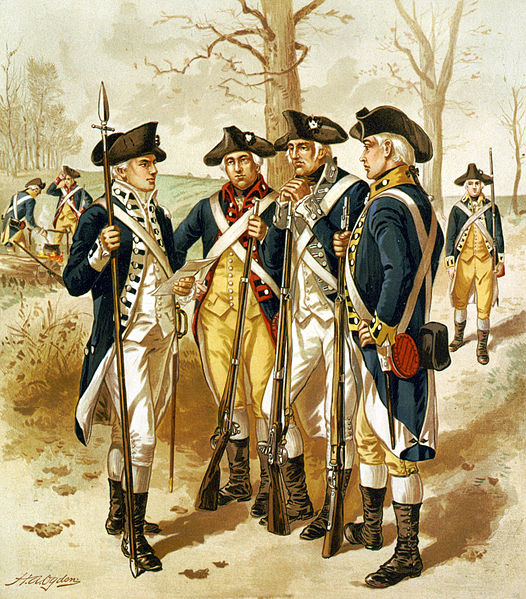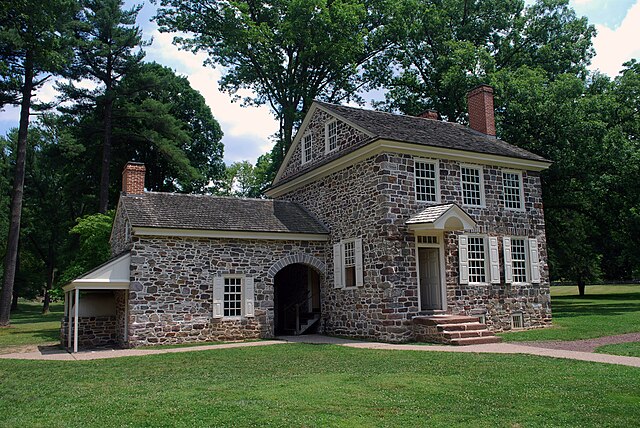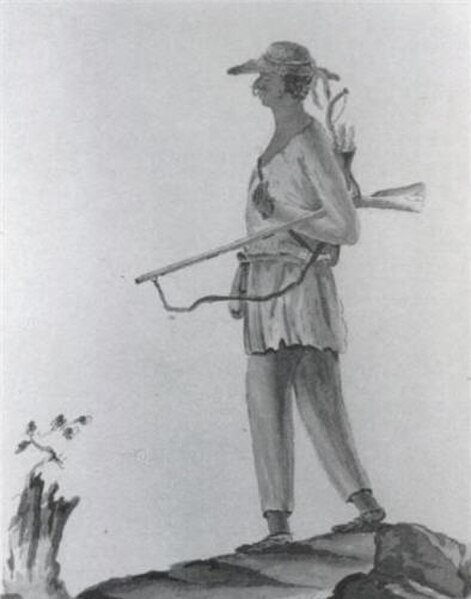The Battle of Brandywine, also known as the Battle of Brandywine Creek, was fought between the American Continental Army of General George Washington and the British Army of General Sir William Howe on September 11, 1777, as part of the American Revolutionary War (1775–1783). The forces met near Chadds Ford, Pennsylvania. More troops fought at Brandywine than at any other battle of the American Revolution. It was also the second longest single-day battle of the war, after the Battle of Monmouth, with continuous fighting for 11 hours.
Nation Makers by Howard Pyle depicts a scene from the battle. The painting hangs in the Brandywine River Museum.
Birmingham Friends Meetinghouse in 2017
The battlefield today, south of Meeting House Hill
View from the top of Osborne's Hill looking southeast toward the American positions
The Continental Army was the army of the United Colonies representing the Thirteen Colonies and later the United States during the American Revolutionary War. It was formed on June 14, 1775 by a resolution passed by the Second Continental Congress, meeting in Philadelphia after the war's outbreak. The Continental Army was created to coordinate military efforts of the colonies in the war against the British, who sought to maintain control over the American colonies. General George Washington was appointed commander-in-chief of the Continental Army and maintained this position throughout the war.
James Monroe, the last U.S. president to fight in the Revolutionary War, was a Continental Army colonel
Infantry of the Continental Army
Washington's headquarters in Valley Forge, Pennsylvania, which is still standing, is one of the centerpieces of Valley Forge National Historical Park.
1778 drawing showing a Stockbridge Mohican Indian patriot soldier with the Stockbridge Militia in Stockbridge, Massachusetts, taken from Hessian officer Johann Von Ewald's war diary








